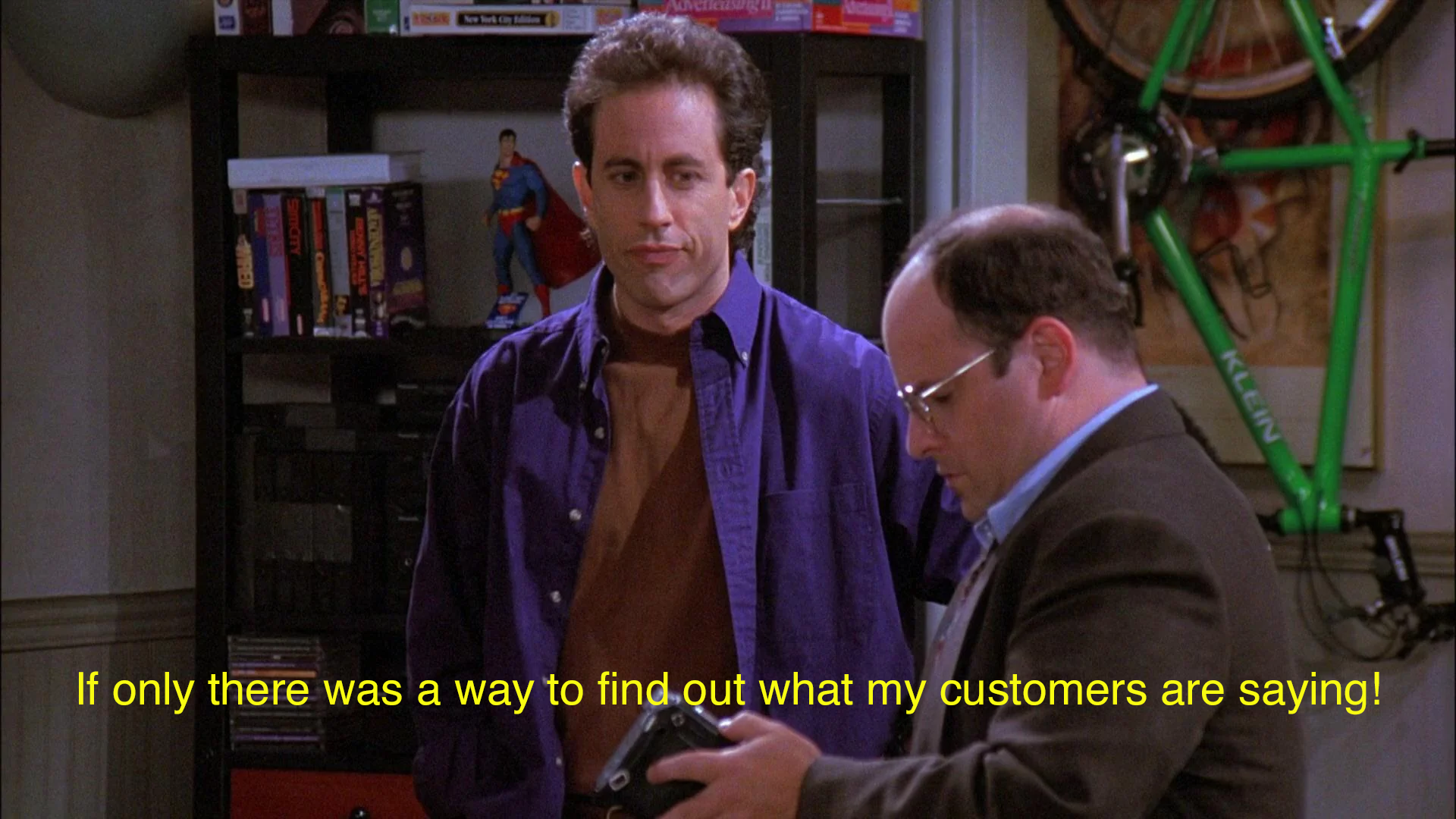The Art of B2B Event Follow-Ups: 5 Tips to Keep the Conversation Going

4 minute read.
As a savvy technology marketer, you know that B2B events are like a delicious, multi-layered cake: the event itself is the sponge, but the real icing is in the follow-up.
After all, your number one KPI from an event is post-event meetings for your sales team. So, if your follow-up strategy is weak, you might as well have baked a cake without icing – and who wants that?
In this blog post, we'll dive into the top five best practices for B2B event follow-up to keep the conversation going and separate yourself from the competition. So grab a slice of cake, and let's get started!
One: Embrace the indirect approach
Remember, your number one goal with post-event follow-up is to continue the conversation. So resist the urge to dive headfirst into the "thanks for attending, do you want a demo" pool. Instead, dip your toes into the more subtle waters of indirect engagement.
For example, try asking, "noticed you attended the event, which themes resonated? Any ideas for topics or speakers for our next one?" This approach allows you to engage in a genuine conversation rather than coming across as yet another company pushing for a demo.
Two: Make it personal with a thoughtful gift.
If you want to stand out from the crowd, consider sending a small, thoughtful gift post-event, accompanied by a handwritten note thanking them for attending and asking if they enjoyed the event. This personal touch shows you value their attendance and sets the stage for a more meaningful conversation.
Three: Leverage ABM campaigns for multi-threading opportunities.
If you're running Account-Based Marketing (ABM) campaigns, you already know the power of targeting specific, high-value accounts. So why not use this approach to your advantage in your post-event follow-up?
For instance, if you know someone from a target account who attended your event, contact other contacts within that account and say, "Your colleague attended our event on X. Is this also interesting to you?" This approach allows you to engage multiple stakeholders within a single account and keep the conversation going on multiple fronts.
Four: Sales and marketing leads should own the follow-up process.
While it might be tempting to hand off the post-event follow-up to your SDRs, doing so can lead to missed opportunities. Instead, have the sales and marketing people who attended the event take the lead on follow-up. They'll have firsthand knowledge of the conversations that took place during the event and will be better positioned to build on those relationships.
Five: Make it as human and personalised as possible.
When it comes to B2B event follow-up, personalisation is key. Use the information you gathered during the event to tailor your follow-up messages. For example, if someone mentioned a specific pain point during a conversation at your event, reference that in your follow-up email. By showing that you were paying attention and genuinely care about their needs, you'll be more likely to secure a meeting.
In conclusion, successful B2B event follow-up is about keeping the conversation going, personalising your approach, and leveraging the right strategies, such as ABM campaigns, to engage multiple stakeholders. By focusing on these five best practices, you'll set yourself apart from the competition and increase your chances of converting event attendees into valuable sales meetings. So bake that cake with the perfect icing, and watch your sales pipeline grow!
Our process is designed with your post-event nurture in mind. Not sure where to start? Give us a bell & we’ll give you a hand!
Related Posts:






























